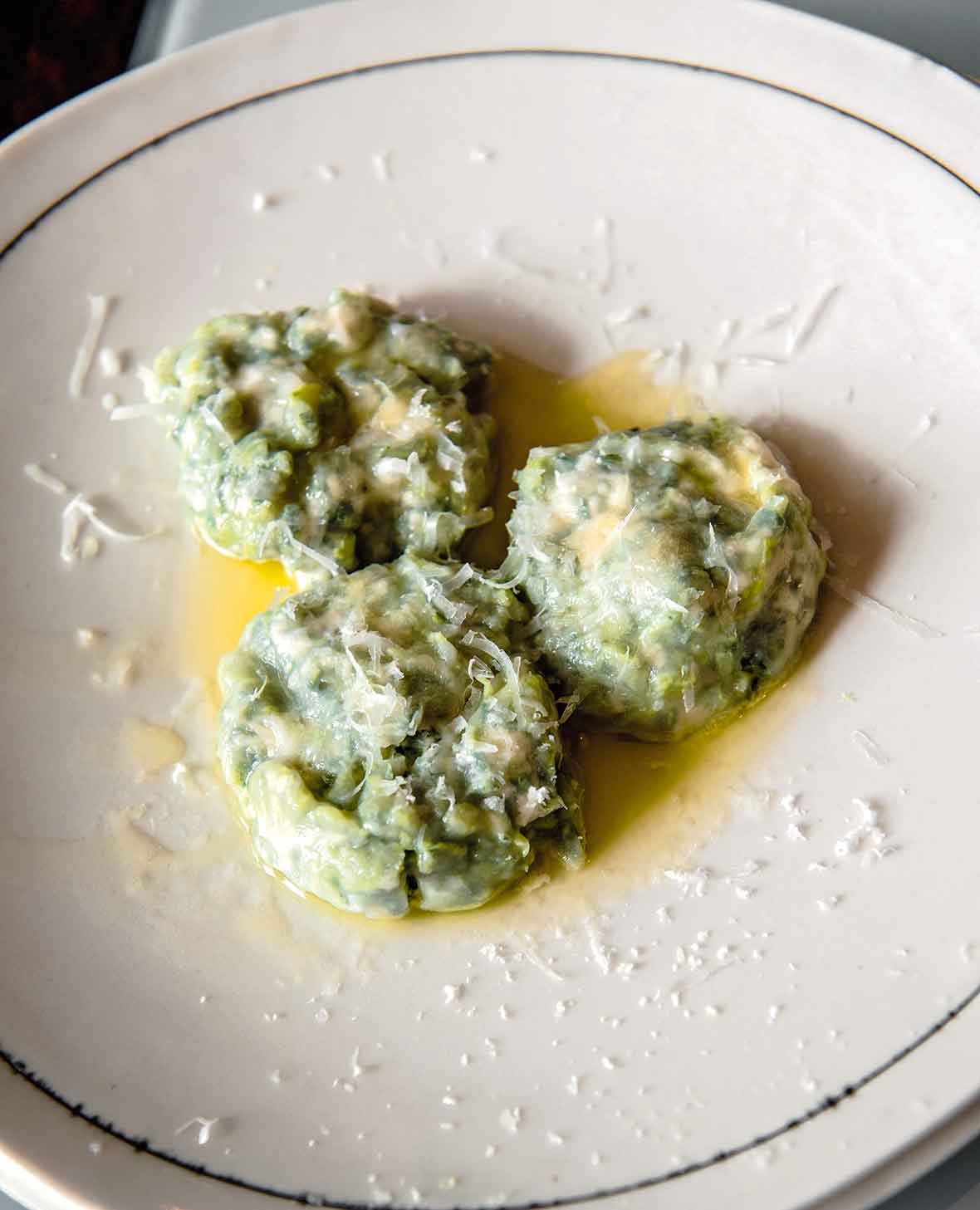
According to the author, throughout most of Italy, these delicate dumplings are known as gnocchi verdi (“gnocchi with greens”) or ravioli gnudi (“naked ravioli”). In some regions, however, they’re referred to as strozzapreti, which is pronounced stroh-zah-PRAY-tee and literally translates to “priest stranglers.” The story goes that a pasta-loving priest got a little gluttonous and strangled himself by swallowing them whole. [Editor’s Note: Confusingly, elsewhere in Italy (namely outside of Emilia-Romagna), strozzapreti refers to something else. But do naming conventions really matter when we’re talking about taste?]–Renee Schettler Rossi
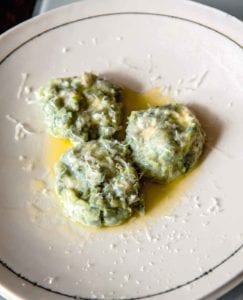
Strozzapreti
Ingredients
- Kosher salt, plus additional, to taste
- 12 ounces lacinato kale or white Swiss chard, stems removed
- 2 large eggs
- 1 cup plus 2 tablespoons ricotta
- 1 cup plus 1 tablespoon finely grated Parmigiano-Reggiano cheese, plus additional for serving
- 5 tablespoons fresh breadcrumbs, finely ground in blender or food processor
- Freshly ground black pepper, to taste
- Freshly grated nutmeg, to taste
- All-purpose flour, for dusting
- Melted butter, for serving
Instructions
Make the strozzapreti mixture
- Fill a large bowl with ice water and set near the stove. Fill a large pot with water, generously salt it, and bring to a boil. Add the kale and simmer until tender, 3 to 4 minutes.
- Remove the greens with tongs to the ice water to cool. When cool, drain the greens in a colander, then place in a kitchen towel and wring until mostly dry.
- Chop the kale finely and add to the bowl of a food processor, along with the eggs, ricotta, Parmigiano-Reggiano, bread crumbs, salt, pepper, and nutmeg. Pulse 7 to 12 times, until the ingredients are chopped into pieces that are the same size and well blended but not completely puréed or smooth. Scrape the mixture into a bowl.
Shape the dumplings
- Line 1 or 2 baking sheets with parchment paper and generously dust with flour. Using 2 teaspoons, scoop up a heaping spoonful of ricotta mixture with 1 spoon and then push it onto a prepared baking sheet with the back of the second spoon. Once you get a rhythm, it should be a satisfying process—similar to quenelling. With lightly floured hands, gently roll the dumpling around in the flour on the baking sheet to coat.
- Repeat the procedure with the remaining dough, then refrigerate, uncovered, on the prepared baking sheets for at least 1 hour and, preferably, up to 24 hours. Make sure the dumplings don’t touch or they’ll stick together. Do not freeze.
Cook and serve the dumplings
- Bring a large pot of generously salted water to a simmer.
- Add about 6 strozzapreti to the pot of boiling water. You want to add enough that they can swim around as they cook but not so many that they stick to one another. Let them simmer, watching them carefully. As soon as the dumplings float to the surface, use a slotted spoon to immediately place them on a serving platter, 2 to 3 minutes. Make sure to keep the cooking water at a medium simmer as a rapid boil can break the dumplings apart. Do not overcook them. (Trust us on this.) Being attentive here will save you the time and stress of reboiling a pot of fresh water.
- Serve the strozzapreti topped with melted butter and grated Parmigiano-Reggiano.

Nutrition
Nutrition information is automatically calculated, so should only be used as an approximation.
Recipe Testers’ Reviews
Not only are they fun to eat, strozzapreti is fun to say! Like semolina gnocchi, this is a great little recipe for a different, special spin on gnocchi. These are rich and delicious served with melted butter and grated Parmigiano-Reggiano. Having these ready to cook in the refrigerator is a treat. Only 3 minutes cooking and served with a salad is a wonderfully quick meal. Highly recommend!
These kale and cheese dumplings came together quickly and easily. We kept tasting them until they were all gone, each time wondering about variations. They were just as described, a naked ravioli. And although there was debate about whether they would be with a pasta she the answer to the question was left undetermined as we always followed with with “let me try one more.” We easily halved the recipe and still had more then we should have eaten for two.
Strozzapreti: as fun to eat as it is to say their name! I had never heard of these tasty little dumplings, although I am a fan of gnocchi and found them to be a bit similar in texture but with the decadence of ricotta and Parmesan in every bite. At first glance the recipe appeared complicated and putzy but I was surprised at how easy these dumplings came together. To appeal to the younger crowd I opted to use a smaller portion of the kale (5oz instead of 12 oz) to avoid presenting an overtly green main dish for dinner. Overall, these dumplings were a delightful way to indulge in cheese for dinner with the added nutritional value of kale…and who doesn’t love anything covered in melted butter? I could imagine serving these as little appetizer bites with a little melted butter and Parmesan for dipping, or maybe even a pesto or marinara sauce.

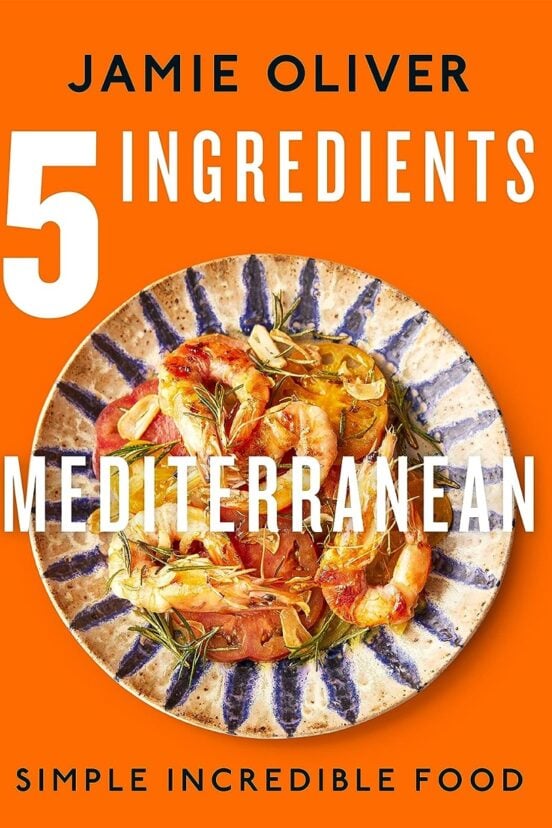
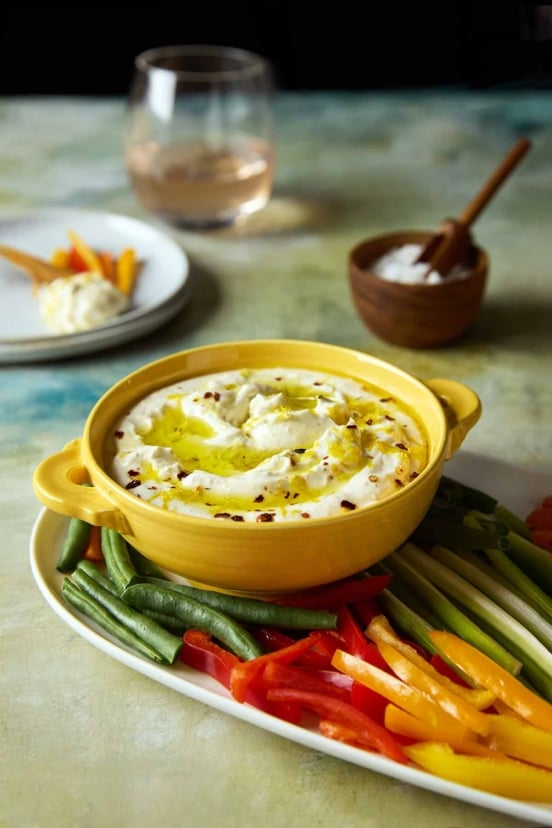
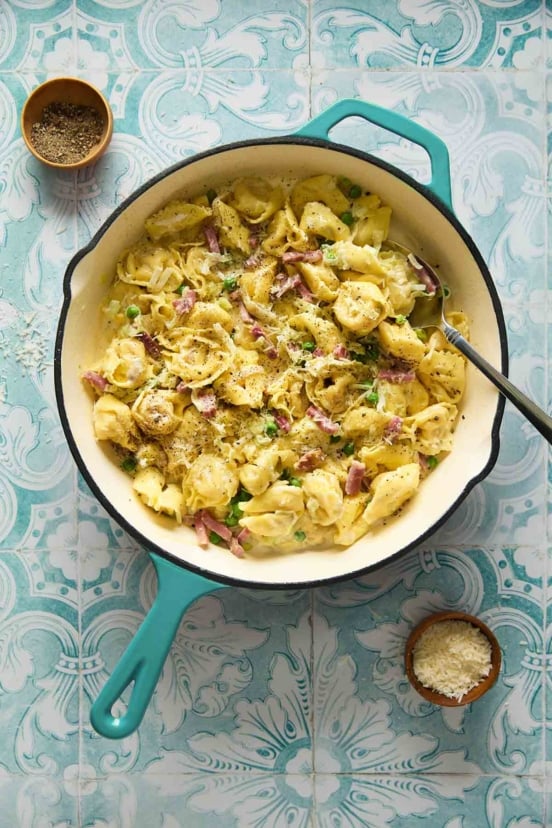









I had these twice in Italy. In Siena they were called Malfetta (malformed) and in Milan they were called Gnudi (nude) because they were the inside of the ravioli without the covering pasta. In Siena they were served in a red tomato sauce and in Milan they were in a lovely cheese sauce. Not Alfredo. They were also made with spinach, not kale or Swiss chard.
It is so interesting how the dish gets slightly altered depending on the region in Italy. Thanks so much for letting us know about your experiences with malfetta (love that name!) and gnudi. All the variations sound wonderful.